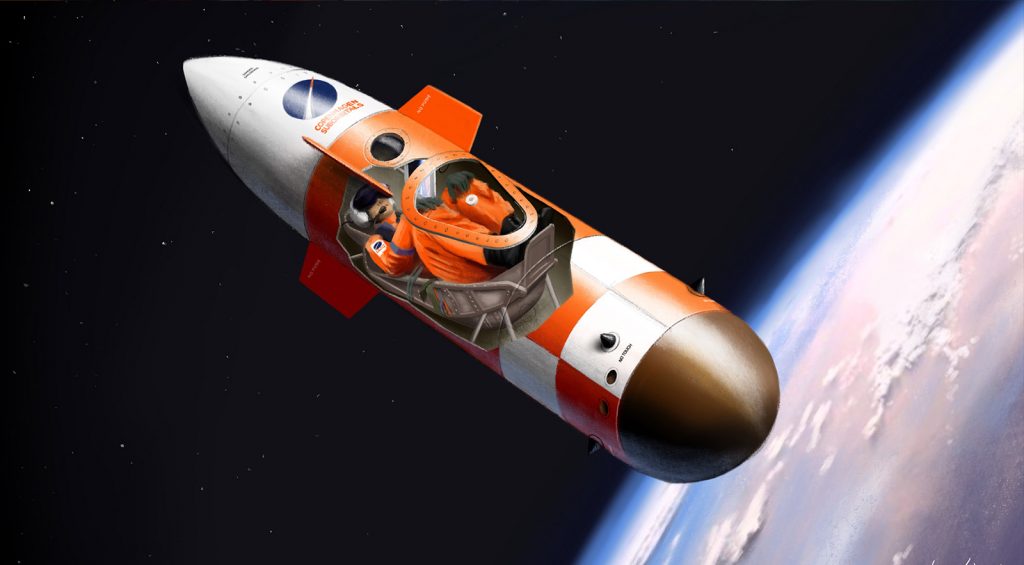Copenhagen Suborbitals mission: Can Amateurs Truly Conquer Space?
14th May 2021
Many believe that space exploration is costly and can only be done by governments and private enterprises but Danish space enthusiasts, Copenhagen Suborbitals, are debunking this myth. They have now built a rocket without the help of government funding or commercial capital, continue to work their jobs, and design rockets in their free time, slowly but steadily approaching their goal — to send an ordinary person into space.
Copenhagen Suborbitals and its 12-year Journey to a Dream
In 2008, two rocket science enthusiasts, architect Kristian von Bengtson and engineer Peter Madsen formed the Copenhagen Suborbitals, a non-profit organization, to build a manned rocket and send a man into suborbital flight.
Copenhagen Suborbitals mission success will make Denmark the 4th country to have mastered the technology of suborbital passenger flights after the USA, Russia, China, and will be the first to send a non-professional astronaut on this flight.
About 60 people, inspired by the Copenhagen Suborbitals mission, joined Bengston and Madsen. Using the knowledge, experience, and resources, as well as their fellow enthusiasts’ help, the company soon managed to launch five rockets of its own design and test two mock-up passenger capsules.
All activities are covered at their own expense, so CS does not hesitate to accept any help from people and companies. However, the project is not related to any kind of commerce. CS literally needs everything:
- Tools
- Materials
- Software
- Electronics
- Production
- Monetary donations
Besides, the company has minimal requirements for tools and materials. These can be goods from an ordinary hardware store, as long as they are necessary and of high quality.
The donations are not spent on renting workshops, phone calls, and computer equipment; all these costs are covered exclusively by the project participants.
The company emphasises that they are not building rockets and capsules for any commercial gain. Scientists, architects, developers, engineers, welders, blacksmiths, and other specialists are doing this for the sake of ideas and their passion for space.
One Step Away From the Goal
In 12 years, Copenhagen Suborbitals went through a difficult journey, but it did not walk out of it empty-handed. The company built and tested:
- Liquid propellant rocket engine
- Small engines for rescue systems
- HEAT-1X single-stage rocket, and two-stage rockets SMARAGD, Sapphire, Nexø I and Nexø II
- Tycho Deep Space, single-place capsules for astronaut Tycho Brahe
- A space suit
Currently, the company is improving its latest Copenhagen Suborbitals mission development — an engine for its SPICA manned rocket. The company recently tested fuel injectors, the engine itself, and the first 3D-printed coaxial fuel injector.
Copenhagen Suborbitals is also working on improving the parachute system, which should deliver the first reusable rocket stage from the sea.
Copenhagen Suborbitals success, team dedication, and compatriots’ help inspire hope that the first suborbital flight on an amateur rocket will soon occur in Denmark, marking a new page in the world history of space exploration.






Thank you for your comment! It will be visible on the site after moderation.